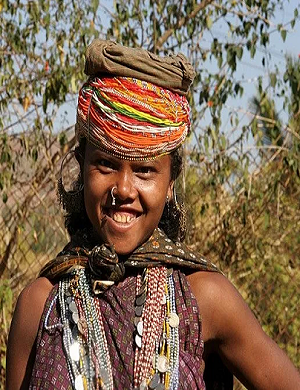They also ‘possess collective rights which are indispensable for their existence, well-being and integral development as peoples’. Moreover, similar to ILO C169, UNDRIP recognizes the rights of indigenous peoples to determine their own identity or membership according to their customs and traditions while simultaneously enjoying citizenship of the States where they live.
UNDRIP recognizes that indigenous peoples have a right to maintain their distinct political, legal, economic, social and cultural institutions while retaining their right to participate fully in the political, economic, social and cultural life of the state (Article 5), and to participate in decision-making in matters affecting their rights (Article 18). The indigenous peoples can determine and develop priorities and strategies for their development (Article 23 and 32). The states are required to consult and cooperate with indigenous peoples (Article 19). Free, prior and informed consent of indigenous peoples is fundamental before adopting and implementing legislative or administrative measures that may affect them
India is home to the largest population of indigenous peoples of any country in the world. Roughly a quarter of the world’s indigenous population – around 80 million people – are scattered across India, their numbers a staggering diversity of ethnicities, cultures and socioeconomic situations. They range from some of the last uncontacted indigenous communities in the world, like the Sentinelese of the Andamans, to some of the largest, such as the Gonds and Santhals of central India
India is the home to large number of indigenous people, who are still untouched by the lifestyle of the modern world. It has the second largest concentration of tribal population which comes next to the African continent. The total Scheduled Tribe population in India as per 2011 census is 10.43 crore, constituting 8.6 % of the total population. Though, the percentage of this tribal population in India is very small, it represents an enormous diversity of groups. These tribal groups vary from one to another in terms of their language, physical features, size of population, the extent of acculturation, livelihood, economy, culture, social stratifications, ecological settings in which they live etc.
Tribal societies are small in scale, are restricted in the spatial and temporal range of their social, legal, and political relations, and process of morality, a religion and worldwide corresponding dimensions. Characteristically too, tribal languages are unwritten and the extent of communication in time is narrow. At the same time tribal societies exhibit a remarkable economy of design and have compactness and self-sufficiency lacking in modern society. The tribes of central India are no exception to it, they have interesting and colorful sociocultural life which are reflected in their daily life.
During the British period a number of rebellions and resistance movements were organized by the tribal communities against the British administration which are important aspects of history of modern India. After independence, the government of India initiated a number of plans and programmes for tribal development in the area which have far reaching consequences. These developments along with other factors have brought changes in the traditional structure of the tribal society.


